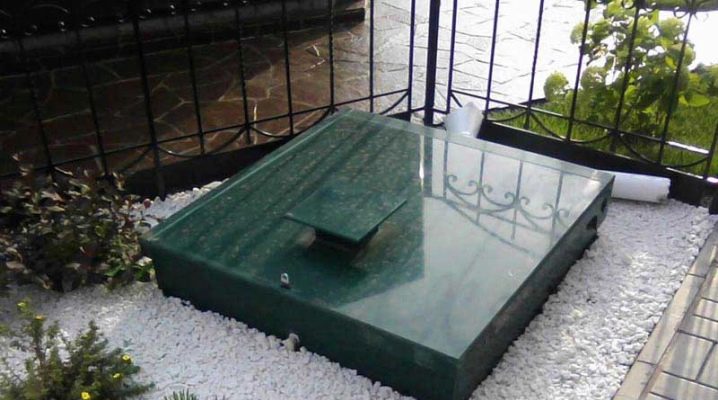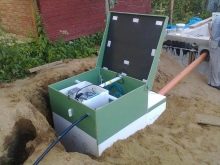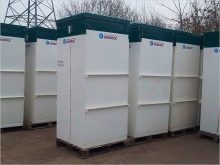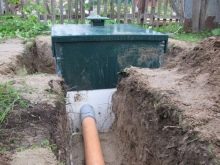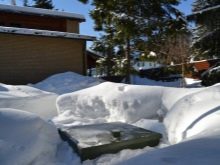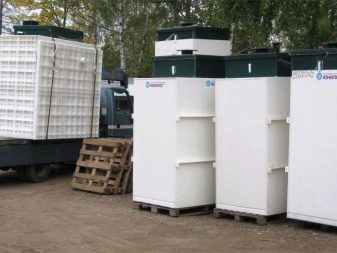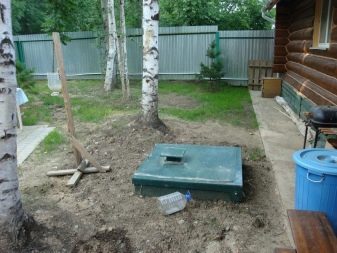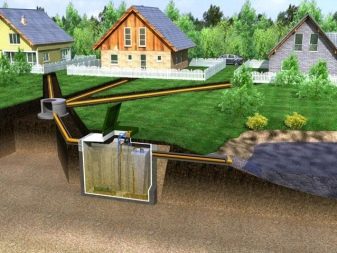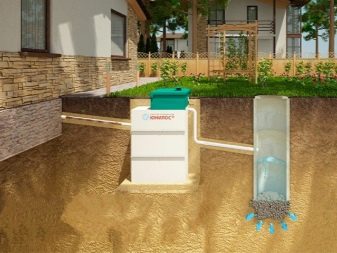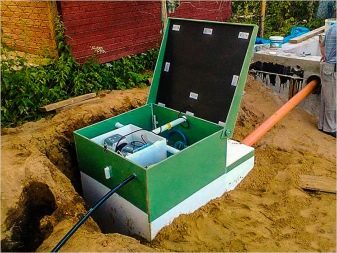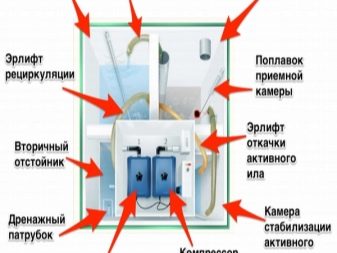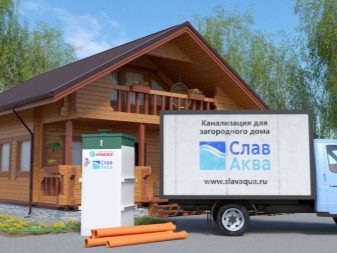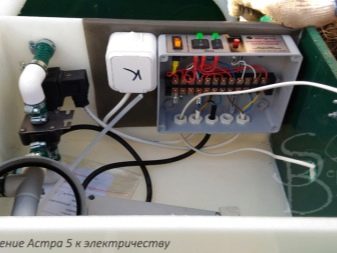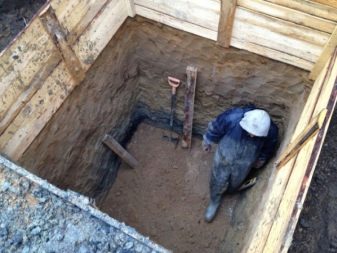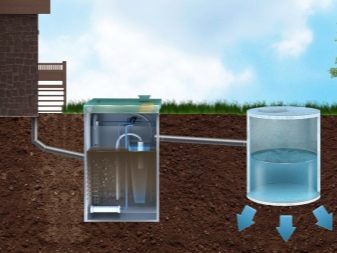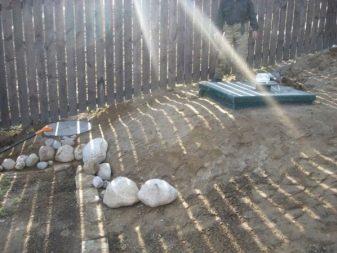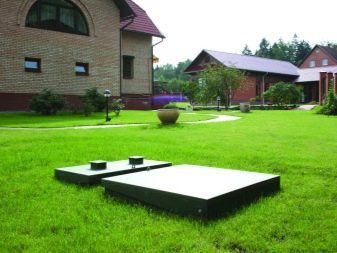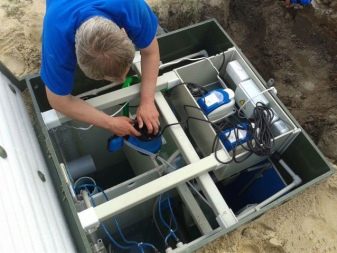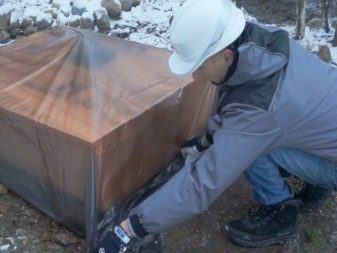Septic "Astra 5": features of operation
Autonomous sewage system - one of the most important components of a comfortable stay in a private house. Due to technical progress, modern houses are equipped with a large number of household and plumbing equipment, and therefore it is necessary to approach the arrangement of sewage systems very seriously. The outdated method of discharge of sewage into cesspools contributes to the spread of unpleasant odors, the formation of pathogenic bacteria and contamination of soil and groundwater. Modern technologies offer an excellent alternative - hermetic septic tanks with a system for cleaning and filtering wastewater.
Among the variety of products offered, it is worth noting the sewage systems of the deep biological treatment “Yunilos” of the “Astra” series.
Special features
Quality, compactness and reasonable price provide the Unilos model range with a decent reputation and positive consumer reviews. Septic tanks "Astra" surpass analogues simplicity and functionality of structures. The product is a rectangular polypropylene container in which all the compartments necessary for cleaning are compactly located.
The installation of the septic tank "Astra" does not depend on the type of soil, groundwater level and soil freezing. Septic tanks can function stably even in regions with very cold weather, which is an obvious advantage for the Russian climate. Due to its light weight and structural features, the Yunilos model can serve for camps of remote oil and gas processing infrastructures, railway stations and mountain resorts.
Specifications
The septic tank "Yunilos" of the Astra series is a monoblock up to 3 meters high. The Astra product line is designed for private structures and is produced in various modifications: 3, 5, 8, 10. The number in the name indicates the receiving capacity of the tank and is calculated on the basis of 200 liters of water per day for the number of people.The Astra 5 model is designed for full use by a family of 5 people. Septic tank receives a daily flow of 1000 liters and is the optimal cleaning system for a standard country house.
The body of the product, which is immersed in the ground, is made of durable polypropylene of white color with rigid ribs. A hatch protruding above the ground is colored neutral green.
Septic tank contains four processing chambers. Mechanical elements are missing, which makes the design more reliable.
Construction dimensions are 1.04x2x2.36 (2.5, 3) m. Weight - 220 g. Wall thickness reaches 15 mm around the perimeter, bottom - 80 mm.
The process of recycling is carried out with connection to the mains. Electricity consumption is 60 W / h.
The product is equipped with two mechanisms of water discharge - self-flowing and forced.
Device and principle of operation
The autonomous sewage system carries out wastewater treatment in a biological way and by aeration. The principle of operation of the Astra models is based on an integrated approach to the splitting of wastes, their transformation into sludge masses and the removal of purified water.The proteins entering into the reservoir, fats and carbohydrates under the influence of colonies of microorganisms are oxidized and break up to the level of elementary particles.
The device is equipped with membrane aerators, switching valves, biomass distribution system - airlift. The functions of the system include working not only for purifying water, but also for processing active sludge, which allows using it as a fertilizer. The process is controlled automatically by the operation of a diaphragm compressor that responds to the amount and level of fluid entering the system.
The internal structure of the septic tank "Astra 5" consists of four functional blocks:
- Septic tank. Here there is a mechanical cleaning - the primary separation of heavy fractions from the liquid. The settled masses are subjected to bubbling - active mixing with air bubbles flowing through special tubes.
- Aerotenk - cleaning chamber with aerobic bacteria. From the first compartment, the liquid moves to the aeration tank under pressure from the compressor. In this block, the breakdown of trace elements occurs with the help of anaerobic bacteria activated sludge.At the exit of this compartment, water undergoes additional purification through filters that prevent the ingress of non-decomposed particles of hair, feathers, down and pet hair.
- Pyramid chamber. With the help of airlift, sewage is divided into sludge and clean water.
- Compartment final purification and output into the soil. Purification of purified water is carried out by gravity, but in emergency cases, the system switches to forced discharge modes.
Advantages and disadvantages
Modern wastewater treatment plant "Astra 5" compares favorably with the products of other modifications and has a number of significant advantages for the Russian consumer. These include factors that allow the installation to be used in any climatic conditions and latitudes of our country:
- As mentioned above, the functioning of the septic tank is not affected by either the level of groundwater or the type of soil. The station is completely sealed, and the density of the body allows it to withstand any external pressure of the soil.
- The septic tank is not afraid of heaving soils and the risk of “floating up” to the surface, since the system assumes that the tank is always filled with water.For the same reason, the installation does not need an anchor concrete base. The design does not require additional insulation - the walls of the case provide low heat transfer.
- The station has a compact form, it can be installed on a small plot of land. So it does not break the overall look of landscape design. The pit under the septic tank is prepared by hand, without involving lifting equipment. This factor has two advantages: you don’t need to spend additional funds to call the excavator and worry that there will be problems with the access of motor vehicles and damage to plantings and lawns.
- The septic tank "Yunilos" of the Astra 5 series has a relatively low weight, it can be installed independently, and also the supplying companies offer a turnkey installation - within one to two days.
- The degree of sewage treatment reaches 98%; no exhausting machines are required for pumping. Purified water is removed to the ground, and recycled sludge can be used for compost and subsequent fertilization of the site. All chemical elements are successfully processed by bacteria (with the exception of some aggressive substances that are noted in the instruction manual).
- Stations of the Astra series can be installed not only underground. In conditions where it is not possible to dig a pit, a septic tank can be installed semi-buried or above ground. Such options are provided for ground floors of buildings, floating structures or installation in an area with a very cold climate.
Talking about the merits of any product, it should be mentioned factors that can be a significant disadvantage for some consumers. The disadvantages of the installation "Astra 5" can be attributed to the volatility of the object. The station is powered by electricity, and in the event of a long-term disconnection from the grid, rotting processes will begin to occur in the tanks. This leads to unpleasant odors, as well as overfilling of tanks and release of untreated waste into the environment. However, in case of unplanned emergencies with electrical power supply, overflow holes are provided in the installation, which allows the system to operate for at least 4 more hours.
If the pause in the supply of electricity exceeds the allotted hours, the use of the station should be reduced to a minimum, and in case of frequent power outages, the voltage regulator must be installed.
Installation
Installation of the station is carried out according to the general scheme for all septic tanks:
- First of all, the optimal place is determined. The distance of the septic tank from residential buildings should not be less than 3-5 meters, but it is not advisable to remove it to a more significant distance due to the additional cost of laying pipes. In determining the location, it is advisable to determine in advance the level of groundwater and soil freezing.
- Next, a excavation is dug, in volume slightly exceeding the septic tank itself. It should be free to accommodate the structure, take into account the lower "pillow" and the filling of the septic tank with sand. It should be remembered that the neck of the septic tank will be located above the ground.
- Installing a septic tank in the pit is carried out with the help of belts or cables, the device is leveled strictly on the level. Immediately laid sewer pipes and electrical cables.
- The structure is filled with clean water, and outside it is filled with sand to the level of pipes. The sand should be cleared of gravel or rubble, it will serve as an additional insulating sealant for the station walls.
- After all the work is completed, the septic tank is connected to the power source, its functioning is checked. If there are no problems, the station is finally filled with earth.
How to use?
Since the principle of operation of the septic tank "Astra 5" is based on the vital activity of bacteria, it is necessary to take a serious approach to the use of the system so as not to disturb the biobalance. It is strictly forbidden to dump substances with chlorine and other oxidizing liquids into drains. Do not allow the penetration of fuel, lubricating and polymeric materials, solvents and paints, gardening waste into the septic tank. Be sure to ensure that no aggressive or insoluble substances and objects enter the working environment of the station.
However, bacteria in a septic tank can easily cope with soft fiber toilet paper, kitchen grease solvents and laundry detergents without chlorine. Dishwashers and washing machines can be connected to the septic tank, pipes from showers and baths can be removed.
The maintenance of the station and the frequency of its cleaning depend on the degree of sewage treatment intensity. A full description of the process is present in the instructions for use. In general terms, experts advise to carry out light preventive cleaning every three months and six months, this will allow to identify and eliminate minor blockages and malfunctions in a timely manner.Deeper cleaning with replacement of filters and aeration elements is carried out once every 5-10 years.
If you do not intend to live in the house permanently (for example, the station is used at a summer cottage in the summer), then a septic tank needs preparation for winter. Preservation involves the complete de-energization of the station, pumping sludge, cleaning the filters and removing the compressor (it is better to store it in a heated room). It is necessary to fill the septic tank with clean water to the top and lower the plastic containers filled with sand into the water. This will save the walls of the structure during freezing. Above the hatch, be sure to put a heater.
Installing the septic tank "Astra 5" - in the next video.
